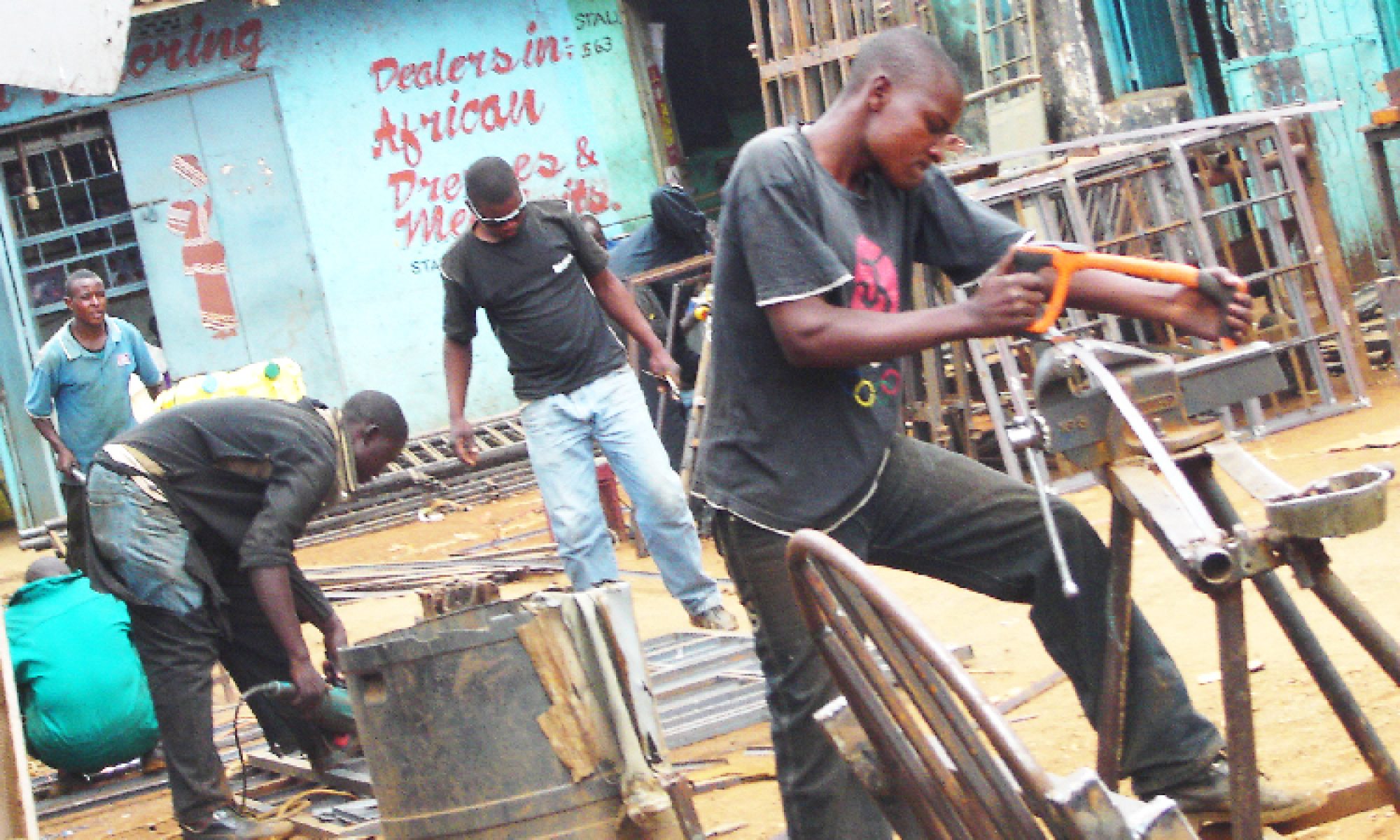Jevons, Yards. P., and Parker, Meters. T. (1964). J. din. Highway., 17, 243-250. Lidwell, 0. Yards. (1959). Mon. Bull. Minist. Hlth., 18,49-52. Alive, I., and you may Nichols, An excellent. C. (1961).J. shoot. Dis.,108, 195-204. Macdonald, A great. (1946). Mon. Bull. Minist. Hlth., 5, 230-233. Meyer, W. (1966). Zentbl. Bukt. PurusitKde., I . Abt. Orig., 201,465-481. Meyer, W. (1967). J. Hyg., Camb., 65,439-447. Nakagawa, Meters. (1960). Jap. J. moist. Res., 8, 331-342. Oeding, P., and you may Williams, R. Age. 0. (1958). 3. Hyg., Cumb., 56, 445-454. Pagano, J. S., Farrer, S. Meters., Plotkin, S. A great., Brachman, P. S., Fekety, F. Roentgen., and you will Pidcoe, V. (1960). Science, N.Y., 131, 927-928. Parker, M. T. (1966). Inside “Brand new Scientific Base regarding Treatments Yearly Comment” (J. P. Ross, ed.), pp. 157-173. College away from London, The latest Athlone Press, London. Parker, Yards. T., Todinson, A. J. H., and you can Williams, R. Age. 0. (1955). J. Hyg., Cumb., 53,458-473.
This new parasexual years and its own use in genetic investigation
Pether, J. V. S. (1968).J. Hyg., C good d . , 66,605. Poole, P. Yards., and you can Baker, J. R. (1966). Mon. Bull. Minist. Hlth., twenty-five, 116-123. Statement (1959). Int. Bull. bact. Nomencl.,nine, 115-118. Report (1963). Int. Bull. bact. Nomencl., 13, 119-122. Declaration (1967). Int. Bull. buct. Nomencl., 17, 113-125. Declaration (1971). Int. Bull. syst. Buct., 21, 165, 167, 171. Rountree, P. Yards. (1959). J. gen. Microbiol., 20,620-633. Rountree, P. Yards., and you may Asheshov, Age. H. (1961). J. gen. Microbiol., twenty six, 111-122. Rountree, P. Meters., and you can Freeman, B. M. (1955). Med. J. Aust., dos, 157-161. Ruys, A beneficial. C., and you can Borst, J. (1959). Antonie wan Leeuwenhoek, 25, 237-240. Seto, J. T., and you will Wilson, J. B. (1958). Have always been.3. wet. Res., 19, 241-246. Smith, H. W. (1948a).J. Hyg., C u d . , 46,7681. Smith, H. W. (1948b);Jp. Highway. Ther., 58, 179-188. Smith, H. W. (1954).J. Roadway. Buc
Tarr, H. A. (1958). Mon. Bull. Minist. Hlth., 17, 64-72. A great. (1965). Vet. Rec., 77, 477-480. Wentworth, B., Romig, W. Roentgen., and you can Dixon, W. J. (1964). J. infect. Dis.,114, 179188.
Williams, Roentgen. Age. 0. (1957). Zentbl. Bakt. PurasitKde., I . Abt. Orig., 168, 528-532. Williams, R. Age. O., and you may Jevons, M. https://datingranking.net/nl/waplog-overzicht/ P. (1961). Zentbl. Bukt. ParasitKde., We Abt. Orig., 181,349-358. Williams, R. Age. O., and you can Rippon, J. Age. (1952). J. Hyg., Camb., fifty, 320-353. Williams, R. Elizabeth. O., Rippon, J. Age., and you will Dowsett, L. Meters. (1953). Lancet, i, 510-514. Wilson, Grams. S., and you will Atkinson, J. D. (1945). Lancet, we, 647-649.
Hereditary Research within the Micro-organisms DAVID A great. HOPWOOD John Znnes Institute, Norwikh, England I. Introduction . eleven. Segregation since Proof Simple Genetic Handle . A great. This new genetic way of biology . B. This new detection regarding segregation . 111. The foundation from Genetic Mapping . B. The newest sequencing from loci with the an effective linkage chart: multi-foundation crosses C. Linkagegroups . D. Hereditary great-build . E. Deletion mapping . IV. Functional Genetic Tests . A great. Prominence testing . Bplementation testing . C. Epistasis . V. Genetic Investigation inside Eukaryotic Microorganisms . A great. Standard considerations . step one. dos. Tetrad studies . B. Hereditary data specifically organisms 1. Aspergillus nidulans . . dos. Aspergillus niger and other “imperfect” fungi step three. Neurospora crassa . cuatro. Almost every other ascomycetes . 5. Yeasts . six. Filamentous basidiomycetes . eight. Ustilago . 8. Chlamydomonas reinhardii . nine. Ciliates . 10. Slime moulds VI. Genetic Studies inside the Prokaryotes . A great. Standard considerations . step 1. Virility sizes and you may conjugational mapping . 2. Transduction and co-transduction . step three. Conversion and you may co-conversion process cuatro. Non-choosy studies .
fifty 51 57 61 61 65 66 69 69 73 75 77 78 80 81 81 83 84 91 94
Watson, W
Genetic analysis specifically organisms step one. Escherichia coli, Salmonella typhimurium or any other Enteric bacteria . dos. Pseudomonas aeruginosa and you may Ps. putida . step 3. Bacillus subtilis cuatro. Streptmyces coelicolor or any other actinomycetes . 5. Other bacteria C. Official mapping actions separate from recombination VII. Genetic Investigation for the Viruses A beneficial. Standard considerations . step 1. Types of widespread genomes 2. Great features off malware genes B. Hereditary analysis particularly viruses step 1. Bacteriophages 2. Creature worms 3. Bush viruses VIII. Concluding Feedback Recommendations .

